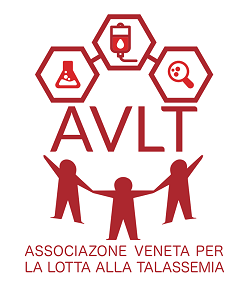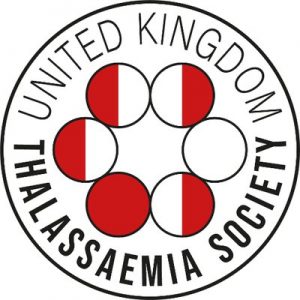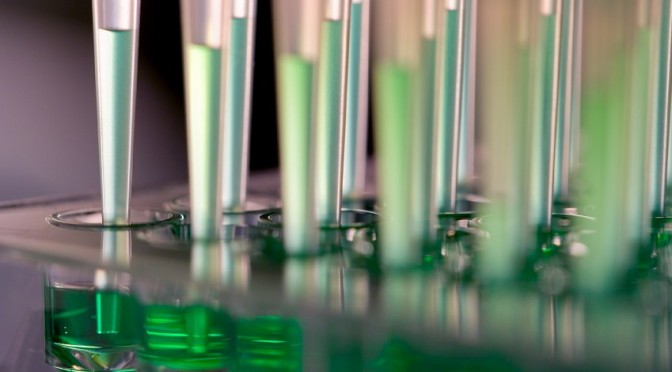
MELBOURNE, Australia, 3-Feb-2022 — /EPR HEALTHCARE NEWS/ — Australian technologist Dr Ian Dixon founded Exopharm in 2013 with the vision to harness the unique properties of exosomes as a new class of medicine. Dixon’s decisive early entry into exosome therapeutics is now bearing fruits.
Less than 10 years after its founding, Exopharm possesses a granted US patent for its key exosome manufacturing technology, LEAP™, and has run successful first-in-human clinical trials demonstrating the safety of its exosome products.
Exosomes have the potential to revolutionise medicine in many areas, including delivery of gene therapies into cell nucleus for rare and common genetic disorders, improving therapeutic window of small and large molecules by cell targeting, and by selective cellular delivery of next-generation DNA/RNA products.
In 2022, excitement around exosomes has converged on exosomes as an alternative to lipid nanoparticles (LNPs) and adeno-associated viral vectors (AAVs) for targeted multi-dose delivery of modern medicines and vaccines. Drug delivery accounts for a significant slice of the global pharmaceutical industry spend –around US$160b p.a. and growing strongly – and exosomes represent nature’s way to deliver a bioactive cargo into cells efficiently and safely.
Primed for growth
Dixon’s establishment of a specialist exosome medicines company has been followed by US based Codiak Biociences in 2015 (established by Arch Ventures) and Oxford based Evox Therapeutics in 2016. Today, only two dedicated exosome companies are listed on the public markets: Codiak (NASDAQ: CDAK) with a market cap of around US$200m; and Exopharm (ASX: EX1) with a market cap of around A$73m at the time of writing this article.
The field of exosome medicines is attracting the attention of financiers and pharmaceutical industry leaders. In late 2021, multinational pharmaceutical manufacturing services company Lonza jumped into exosome manufacture, a sign that they see big things over the horizon.
Over the past 9 years, Exopharm has grown and evolved but remains true to Dixon’s vision of exosome medicine development. The company now employs around 40 people most in its Melbourne, Australia, facility. Exopharm has built a toolbox of exosome technologies and knowhow which, in addition to the LEAP™ scalable exosome manufacturing platform, includes exosome analytical tools (Exoria) and technologies to load exosomes with a specific therapeutic cargo (LOAD) and target exosomes to select cells (EVPS).
Our business development team is attracting the attention of similar innovative biopharmaceutical and biomanufacturing companies, and validating the Exopharm technologies via collaboration research agreements.
Exopharm is not simply a technology company, however. Exopharm is pursuing a pipeline driven platform technology strategy, on the way to generating a revenue stream from technology out-licensing while developing its own exosome medicines for selected markets. More news on its pipeline products is expected to be ready for release later in CY ’22.
The Exopharm team has grown and changed to becoming more international in focus, improving on messaging and communications with the wider pharmaceutical industry. In 2021 Dr Jenn King joined the Board of Exopharm, bringing a wealth of big pharma and US biotech experience with her.
In 2022 we look to engage with more experts, as members of our advisory panels, as consultants, executives or Key Opinion Leaders. Please reach out to us if you want to be part of our vision.
At the company’s 10-year anniversary in late 2023, Exopharm will be a key part of the exosome medicines revolution.
SOURCE: EuropaWire











